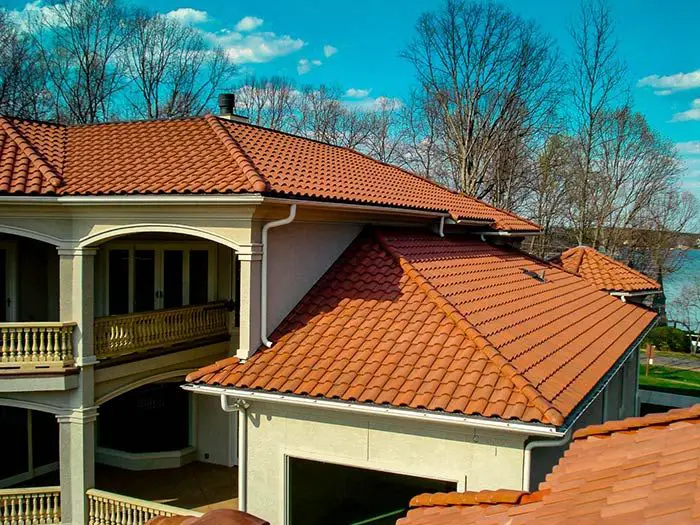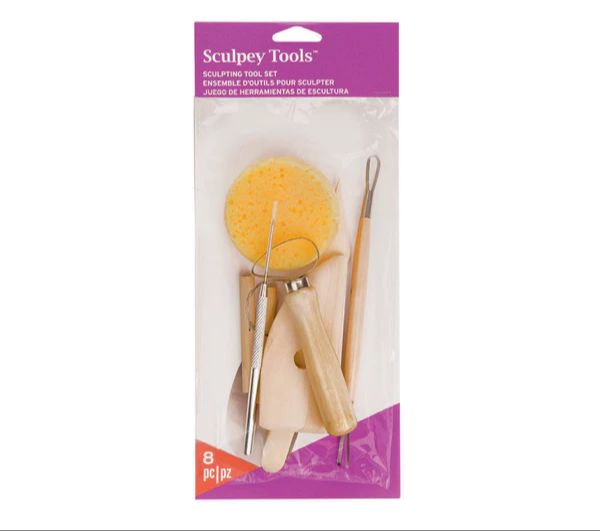What Glue Works Best On Air Dry Clay?
Air dry clay, also known as pottery clay, modeling clay or self-hardening clay, is a popular sculpting medium. Unlike traditional clay that requires kiln firing, air dry clay hardens naturally through evaporation and oxidation as it dries over time. This makes it an accessible and convenient material for artists and crafters of all ages.
Air dry clay is lightweight, easy to mold by hand, and available in a wide selection of colors. Common projects made with air dry clay include figurines, jewelry, decorative objects, beads, and functional pieces like bowls or vases. When sealed properly, air dry clay sculptures can even be used outdoors.
With its versatility and forgiving nature, air dry clay has become a staple modeling material for both beginners and experts. However, effectively gluing pieces of air dry clay can be tricky. The material’s porous surface and slow drying process poses some unique challenges. We’ll explore the properties needed in a suitable air dry clay glue and recommend top options.
Types of Air Dry Clay
There are a few major types of air dry clay, each with their own properties and best uses:
Self-hardening clay – This clay starts out moist and malleable but then dries and hardens when exposed to air over time, usually 1-3 days. It contains materials like gypsum, glue, and cellulose filler. Self-hardening clay is easy to work with, non-toxic, and inexpensive. However, it can be messy and fragile when dry. Common brands are Crayola Model Magic and Activa Air-Dry Clay.
Polymer clay – Polymer clays are made of plastic resins like PVC and liquid plasticizers. They stay soft and flexible even when exposed to air but will harden when baked in an oven. Polymer clay is very strong and durable when cured but also more expensive than self-hardening clays. Sculpey and FIMO are popular polymer clay brands.
Paper clay – As the name suggests, paper clay incorporates cellulose fiber from paper, making the clay extra strong and lightweight when dry. It can be worked easily like self-hardening clay but doesn’t shrink as much. However, excess paper fiber can affect smooth sculpting. Paperclay is a common brand.
Challenges of Gluing Air Dry Clay
There are a few key challenges when it comes to gluing pieces of air dry clay together. The main issues have to do with the porosity, shrinking, and overall fragility of air dry clay.
Air dry clay is porous and absorbent compared to other clays. This means that any moisture in the glue can be quickly absorbed, preventing the glue from drying properly. The porosity can interfere with getting a good bond between pieces.
Air dry clay also undergoes quite a bit of shrinking as it dries. This shrinking process can put stress on the glued joint, potentially causing it to pull apart or crack. The shrinking needs to be accounted for when gluing.
Finally, air dry clay is quite delicate and fragile even when fully dried. Too much pressure or strain on a glued joint can cause it to break. The glue used needs to dry flexible and strong. A brittle glue will likely crack and fail as the clay pieces shrink and settle.
Any glue used on air dry clay must overcome these challenges of porosity, shrinking, and fragility to create durable bonds between clay pieces.
Required Properties of Glue
When gluing air dry clay, it’s important to use a glue with certain properties to create a strong bond that lasts. Here are some key requirements:
Flexibility
The glue needs to remain flexible after drying to avoid cracking or peeling. As air dry clay shrinks slightly while drying, the glue must be elastic enough to move with it.
Strong Bond
The glue should form a tight, durable connection between clay pieces. A weak glue that falls apart over time will undermine the structural integrity of the project.
Non-Toxic
Since air dry clay is often used for arts and crafts, the glue should be non-toxic and safe. Many air dry clay projects are handled frequently, so toxic fumes or materials could be harmful.
Best Glue Options
When it comes to choosing the right glue for air dry clay projects, there are a few great options that tend to work very well:
White Glue
White glue, like Elmer’s Glue-All, is a popular choice for gluing air dry clay. It dries clear, creates a strong bond, and is non-toxic. White glue is easy to apply and control. It dries a bit more slowly than other glues, allowing time to reposition pieces if needed.
Tacky Glue
Tacky glue provides a flexible, durable bond for air dry clay. It typically dries clear and sets quickly. Tacky glue is thick and sticky, helping pieces adhere well. It may require some clamping time to fully set. Tacky glue can be more difficult to apply precisely.
Mod Podge
Mod Podge is an acrylic-based adhesive that works as both a glue and sealer for air dry clay. It dries clear and provides a strong, permanent bond. Mod Podge greatly reduces clay porosity. It may alter surface sheen slightly. Application requires precision as positioning pieces can be tricky once applied.
Cyanoacrylate Glue
Cyanoacrylate glue, also called super glue, offers incredibly fast drying times. It provides a rigid bond for smooth clay surfaces. Cyanoacrylate glue allows almost no repositioning time. It requires very precise application for clean results. The fumes can also be strong and irritating.
White Glue
White glue, also known as school glue, is a commonly used household adhesive. It has some pros and cons when used with air dry clay:
Pros:
- Easy to find and inexpensive
- Washes up easily with water
- Dries clear for invisible bonds
- Creates a strong bond with air dry clay
Cons:
- Takes a long time to fully dry when used with air dry clay
- Can remain sticky even when dry
- Not ideal for pieces that will be handled frequently
Overall, white glue can work well for basic air dry clay projects. But for more durable pieces, a specialty clay glue may be preferable.
Tacky Glue
Tacky glue is an adhesive that works well for bonding air dry clay. It creates a strong bond, allowing pieces to be joined securely. Some key pros and cons:
Pros:
- Dries clear, allowing a seamless bond between clay pieces.
- Thick consistency provides good gap-filling ability.
- Relatively inexpensive and widely available.
- Creates a strong, durable bond when dry.
Cons:
- Can take several hours to fully cure and dry.
- Not ideal for clay pieces that need to bear weight or withstand stress.
- May need reapplication if the joint comes loose while drying.
Tacky glue is a good all-purpose adhesive for air dry clay projects. It bonds pieces together securely while drying clear. Allow for proper drying time based on humidity and thickness glued.
Mod Podge Glue
Mod Podge is a popular craft glue that can also be used for adhering air dry clay pieces. Mod Podge goes on white but dries completely clear and leaves a smooth, glossy finish.
There are several benefits to using Mod Podge with air dry clay:
- It provides a strong, flexible bond between clay pieces.
- The clear finish blends smoothly for invisible seams.
- The glossy coating seals and protects the clay.
- It dries quickly without extended curing time.
Some downsides of Mod Podge include:
- The thick consistency can leave brush strokes or bubbles in the finish.
- The glossy look may not be desirable for all projects.
- It can leave a sticky residue if too much is applied.
- Some crafters don’t like the shiny plastic-like appearance it gives.
Overall, Mod Podge is a versatile and user-friendly glue option for air dry clay. With some practice and care applying smooth coats, it can give great results.
Cyanoacrylate Glue
Cyanoacrylate glue, commonly known as super glue, is a fast-drying adhesive that can form strong bonds between porous materials like clay. It has some advantages as well as disadvantages when used with air dry clay:
Pros:
- Dries extremely fast, usually within seconds.
- Creates very strong, rigid bonds that won’t flex or peel apart.
- Single component glues are easy to apply. No mixing required.
- Works on a variety of porous materials like clay, paper, wood, etc.
Cons:
- Can leave cloudy white residues along glue lines.
- Not flexible when dry, which can lead to brittle bonds.
- Fumes can be strong and irritating for some users.
- Bonds skin instantly, requiring care when using.
- More expensive than white glue or tacky glue.
Overall, cyanoacrylate glue provides exceptionally fast, rigid bonds between air dry clay pieces. However, the fumes, residues, and brittleness mean it may not be the best option for every clay project.
Conclusion
When considering the best glue for air dry clay projects, the top recommendation is white glue or PVA glue. This type of glue is water-soluble, dries clear, and creates a strong bond between air dry clay pieces. White glue is readily available, affordable, and easy to apply and clean up. It works on all types of air dry clay without risk of damage or discoloration. White glue also allows time for positioning pieces before fully setting.
For most air dry clay projects, white glue is the optimal choice. It provides a secure hold while allowing adjusting time if needed. The clear drying finish blends in seamlessly. Compared to other options, white glue is non-toxic, versatile, and suitable for use by kids and adults. While tacky glue and cyanoacrylate can sometimes be useful, white glue is an all-around best bet for any air dry clay gluing need.





